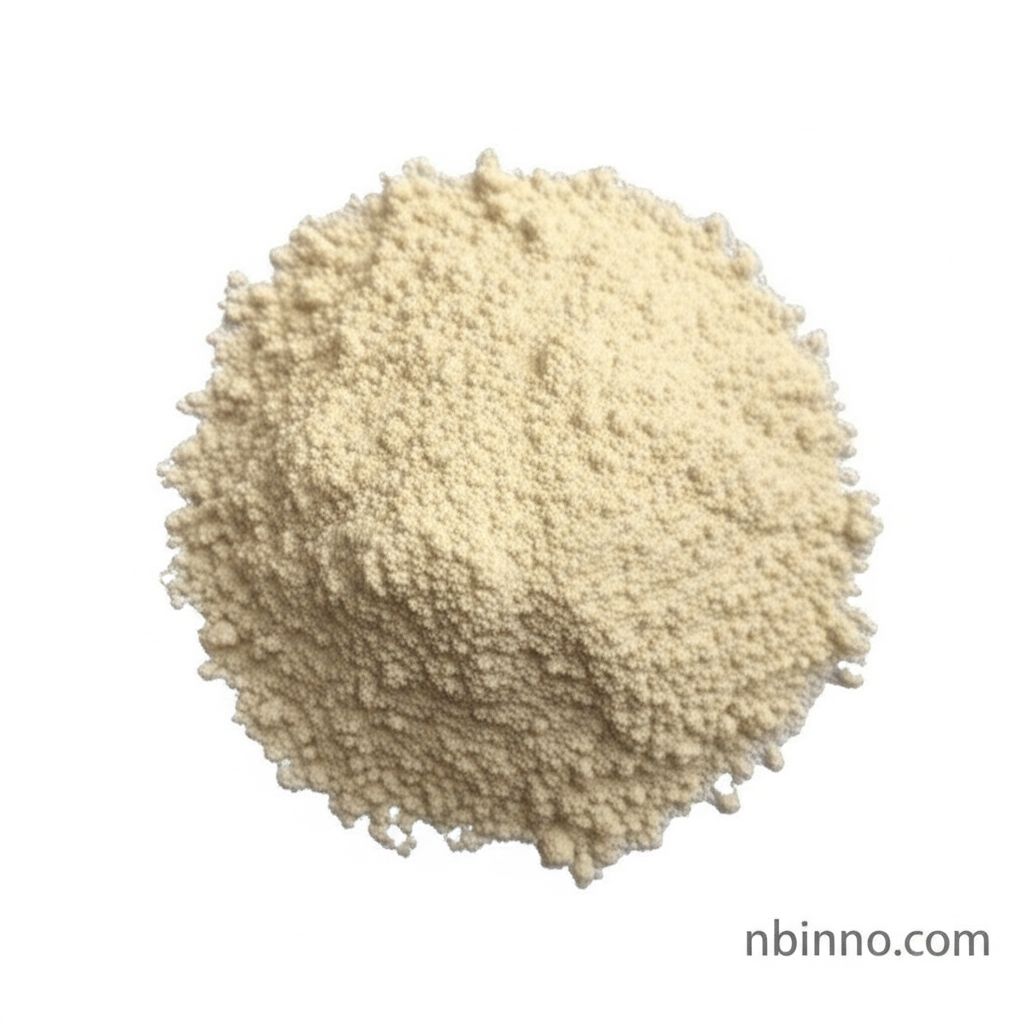2-Chloro-N-(2,6-dimethylphenyl)acetamide: Synthesis, Properties, and Applications
A vital organic intermediate for advanced pharmaceutical synthesis, discover its key roles and characteristics.
Get a Quote & SampleProduct Core Value

2-Chloro-N-(2,6-dimethylphenyl)acetamide
This compound is a crucial organic intermediate widely used in the synthesis of pharmaceuticals. Its primary role is as a precursor to local anesthetics, most notably lidocaine, and it also finds applications in analytical chemistry for quality control and impurity determination.
- This compound serves as a critical building block in the synthesis of local anesthetics, contributing to the development of pain management solutions.
- The synthesis of this organic intermediate involves the reaction between 2,6-dimethylaniline and chloroacetyl chloride, a standard process in organic chemistry.
- Its distinct chemical properties make it valuable for analytical techniques, aiding in the quality control of pharmaceutical products and the determination of impurities.
- Research suggests potential antimicrobial and analgesic properties, expanding its therapeutic research scope beyond its role as a precursor.
Key Advantages
Versatile Pharmaceutical Intermediate
Leverage this compound for the efficient synthesis of lidocaine and other related pharmaceutical active ingredients, ensuring high purity and yield in your production processes.
Well-Established Synthesis Routes
Benefit from readily available and well-documented methods for synthesizing this intermediate, allowing for reliable production and scalability to meet market demands.
Analytical Utility
Utilize its unique characteristics in chromatographic methods and quality control protocols to ensure the integrity and safety of your final pharmaceutical products.
Key Applications
Pharmaceutical Synthesis
Serves as a key building block for creating active pharmaceutical ingredients (APIs), particularly in the realm of anesthetics and antiarrhythmic drugs.
Organic Chemistry Research
A foundational reagent for exploring novel organic transformations and developing new synthetic methodologies in academic and industrial research settings.
Quality Control and Analysis
Employed in analytical chemistry to validate the purity of pharmaceutical products and identify potential impurities through various spectroscopic and chromatographic techniques.
Drug Discovery and Development
Its potential biological activities, such as antimicrobial and analgesic effects, make it a subject of interest for further investigation in early-stage drug discovery programs.
